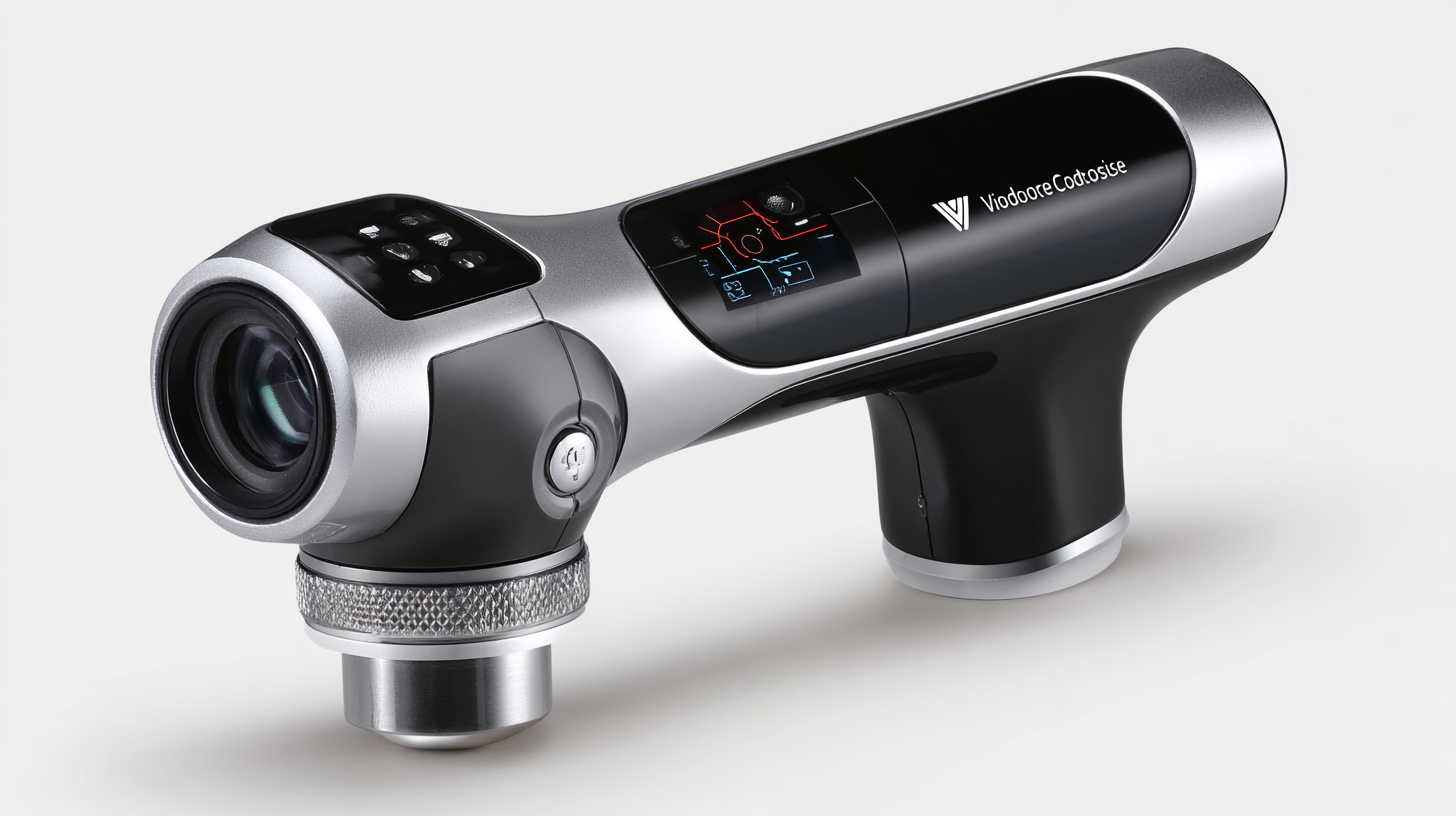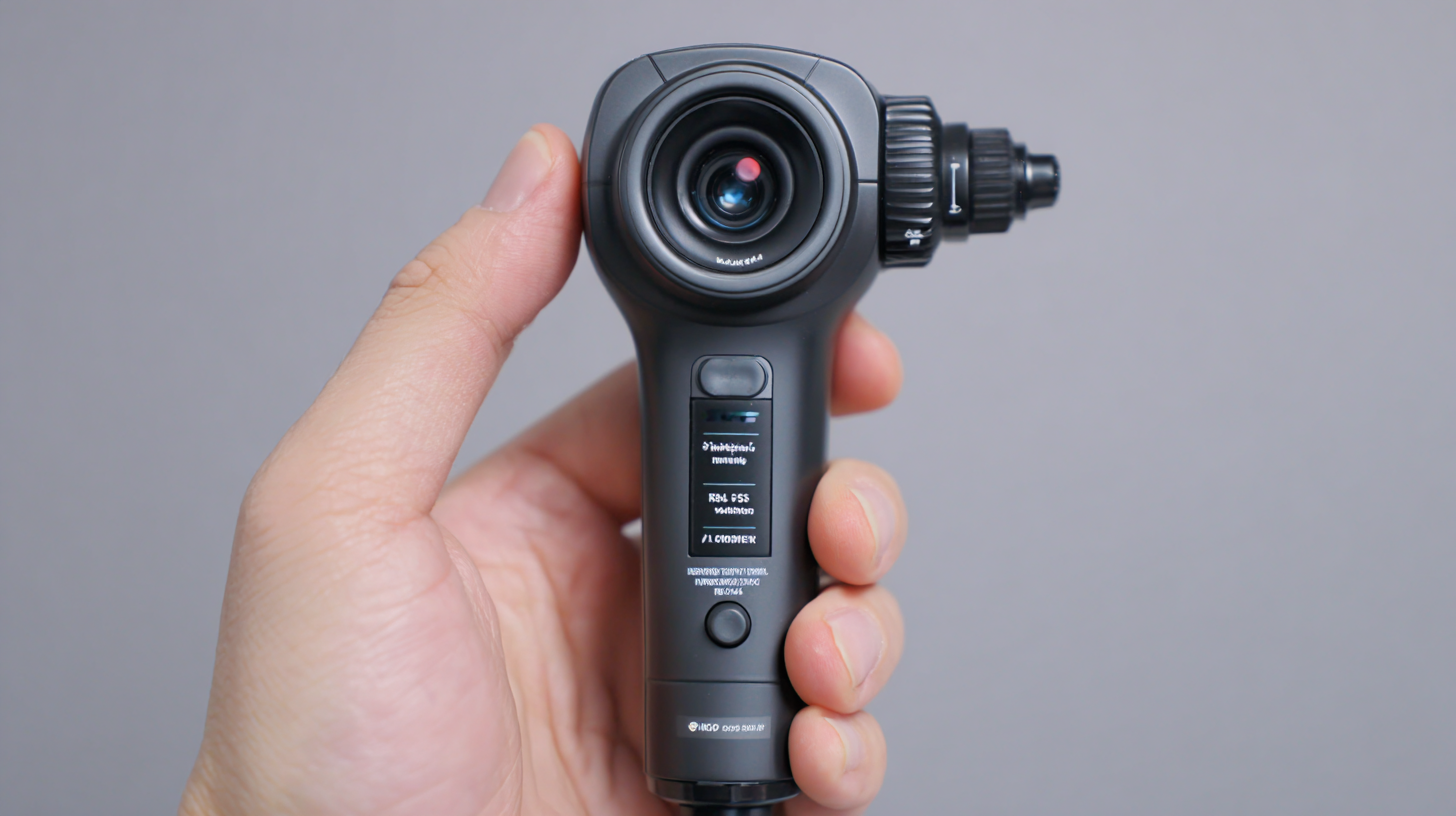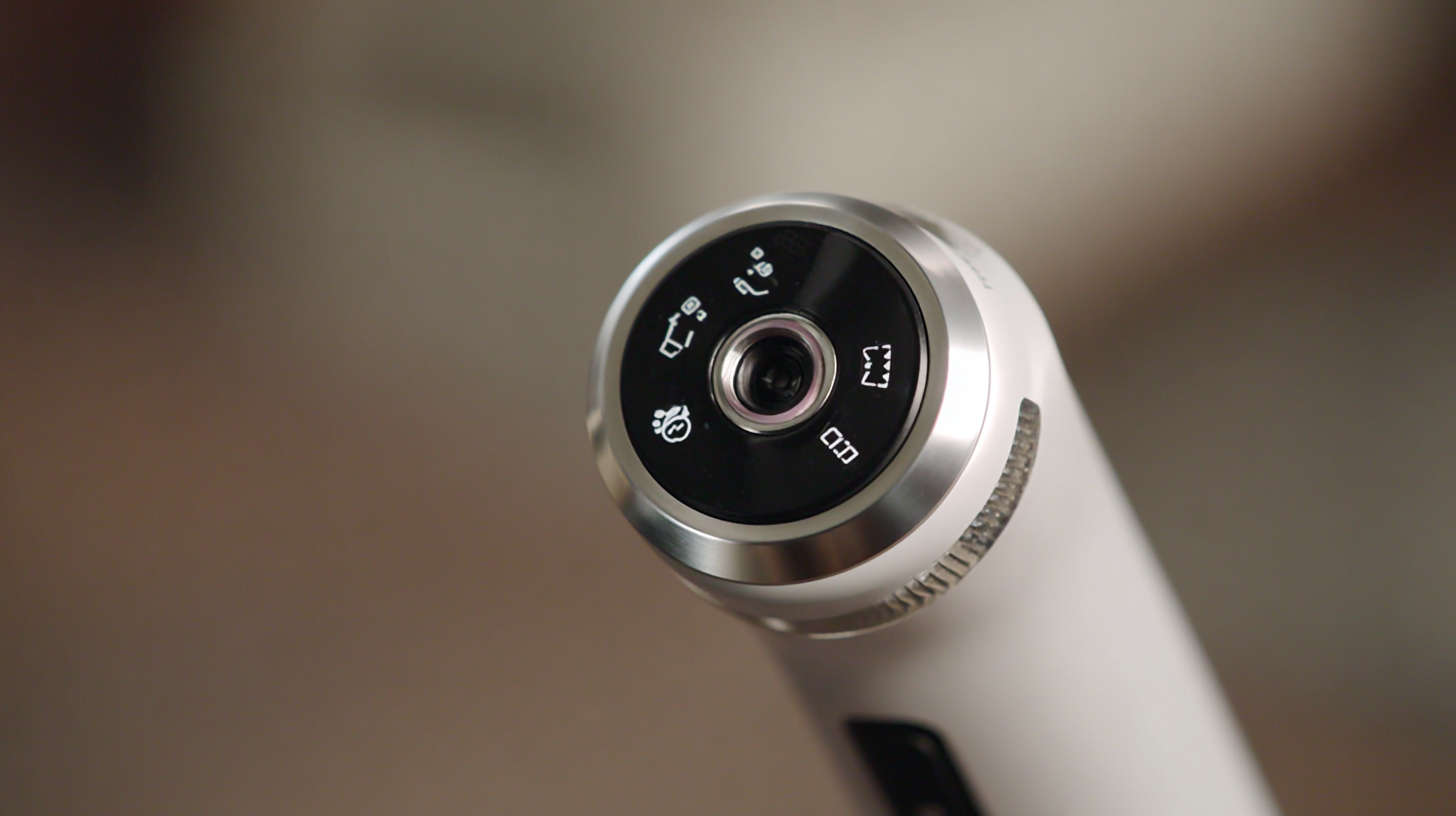How to Identify Quality Manufacturers for the Best Video Otoscope in Global Sourcing
In the ever-evolving landscape of medical devices, the Video Otoscope has emerged as an indispensable tool for healthcare professionals, enabling enhanced visualization of the ear canal and tympanic membrane. According to a recent market report by MarketsandMarkets, the global video otoscope market is projected to reach $564 million by 2026, growing at a CAGR of 6.4% from 2021. This growth underscores the increasing demand for high-quality diagnostic equipment in both clinical and surgical settings. However, with countless manufacturers vying for attention, differentiating reliable suppliers from subpar ones can be challenging. Identifying quality manufacturers is critical for healthcare facilities aiming to invest in the best video otoscope, ensuring they receive not only superior devices but also support and innovation that comply with regulatory standards and meet the evolving needs of medical professionals.

Factors to Consider When Evaluating Video Otoscope Manufacturers
When evaluating video otoscope manufacturers, it's essential to consider several key factors to ensure you source a quality product. The rapidly growing otoscope market, driven by an increase in ear-related diseases and technological advancements, highlights the importance of cutting-edge features. Look for manufacturers that incorporate the latest technologies, such as LED lighting and portable designs, which enhance functionality and provide superior diagnostic capabilities.

Tips:
- Research the manufacturer's reputation by checking reviews and testimonials from healthcare professionals. A reliable manufacturer will have a track record of producing durable and effective devices, making them a trustworthy partner.
- Assess the manufacturer's compliance with international quality standards and certifications. This demonstrates their commitment to producing safe and effective medical devices, which is crucial in the healthcare industry.
- Evaluate their customer support services, including warranty policies and training programs. A responsive customer service team and comprehensive training can significantly enhance the user experience and ensure optimal device performance.
Understanding Global Sourcing and Its Impact on Manufacturing Quality
In the realm of global sourcing, understanding the nuances of manufacturing quality is crucial for procuring the best video otoscope. The process begins with recognizing the geographical advantages and technological prowess of various regions. Countries with established medical device industries often have stringent quality control measures and a wealth of expertise, which can significantly influence the final product's reliability and performance. By aligning with manufacturers in such regions, buyers can leverage their advanced methodologies and certified processes, ensuring that the otoscopes meet international standards.
Moreover, a deeper grasp of global sourcing’s impact on manufacturing quality necessitates evaluating the suppliers' transparency and communication practices. Establishing strong relationships with manufacturers who prioritize quality management can enhance collaboration and facilitate better understanding of production capacities and constraints. Regular audits, quality certifications, and robust feedback mechanisms play an integral role in monitoring the manufacturing process. As buyers are more informed about these aspects, they can make educated decisions, which ultimately leads to the acquisition of superior video otoscopes that fulfill both regulatory requirements and customer expectations.
Key Features of High-Quality Video Otoscopes to Look For
When sourcing a quality video otoscope, it’s crucial to understand the key features that distinguish high-quality models from lower-tier options. First and foremost, image clarity plays a significant role; look for otoscopes that offer high-resolution imaging and advanced optics. This ensures that healthcare professionals can accurately diagnose conditions and view intricate details of the ear canal and tympanic membrane. Additionally, consider the device’s ability to capture still images or video for further evaluation and documentation, enhancing the overall utility of the otoscope.
Another vital feature to look for is the ease of use and ergonomics of the device. A lightweight and well-designed otoscope can greatly improve the user experience, especially in a clinical setting where time and efficiency are critical. Furthermore, robust connectivity options, such as compatibility with tablets and smartphones, allow for seamless sharing of images and videos, facilitating better patient education and collaboration among healthcare providers. Finally, an important aspect to assess is the durability and warranty of the product, ensuring that the investment is sound and can withstand frequent use in various medical environments.

Building Strong Partnerships with Chinese Manufacturers
Building a strong partnership with Chinese manufacturers can significantly enhance your sourcing strategy for video otoscopes. Chinese manufacturers often lead the technology curve, providing innovative solutions at competitive prices. To foster a successful collaboration, it is crucial to establish clear communication channels from the outset. Discuss expectations, timelines, and quality standards openly to ensure both parties are aligned.
When evaluating potential manufacturers, consider these tips:
- First, request samples to assess product quality firsthand. This will help you gauge the manufacturer's adherence to industry standards.
- Second, conduct thorough due diligence by checking references and reviews from other clients. A reputable manufacturer should have a proven track record and be willing to share testimonials.
- Finally, visiting the factory, if possible, can provide invaluable insights into their production processes and quality control measures.
Investing time in building a relationship with your chosen manufacturers will yield long-term benefits. Mutual trust and understanding are essential in navigating the complexities of global sourcing, especially in a market as diverse as China’s. Regular engagement and feedback loops can further strengthen this partnership, leading to better product outcomes and reliability in your supply chain.
Assessing Manufacturer Certifications and Compliance Standards
When sourcing the best video otoscope, understanding manufacturer certifications and compliance standards is crucial to ensure product quality and safety. Look for certifications such as ISO 13485, which indicates that the manufacturer adheres to international regulations for medical devices. Compliance with standards like CE marking or FDA approval signifies that the product has met stringent safety and efficacy requirements.
**Tip 1:** Always request documentation of certifications when evaluating potential manufacturers. This not only validates their capabilities but also indicates their commitment to quality management systems and regulatory compliance.
Another key aspect to consider is the manufacturer's adherence to industry standards such as those set by the FDA or other relevant bodies in your market. This compliance can significantly reduce risks associated with inferior products, ensuring that you are investing in a reliable device for your medical practice.
**Tip 2:** Investigate the manufacturer’s history in the market and read reviews from other buyers to gauge their reliability. Engaging in forums or industry groups can provide firsthand accounts of experiences with specific manufacturers.
By focusing on certifications and compliance, you can better identify quality manufacturers that contribute to the success of your sourcing strategy in the competitive healthcare market.

